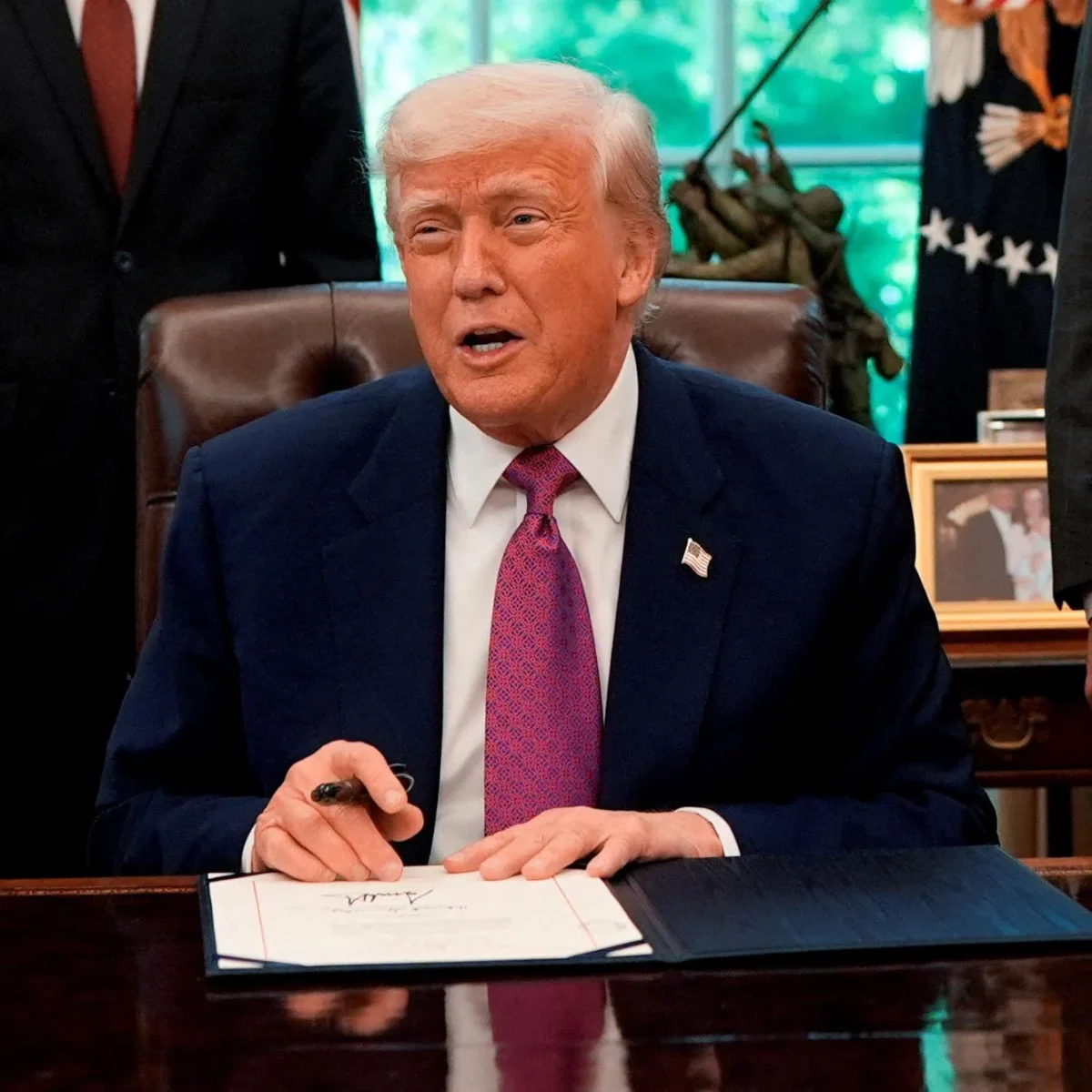[WASHINGTON, DC] US President Donald Trump has put his plan to create a sovereign wealth fund on the back burner after three months of administration deliberations failed to offer the broad investment flexibility he seeks, people familiar with the matter said.
When he ordered his administration in February to come up with detailed plans, Trump said he wanted “one of the biggest” such funds in the world, suggesting it could be backed by monetising vast government assets and used to back strategic projects in areas such as critical minerals or take stakes in companies like TikTok. He also said it could earn enough to help reduce the national debt. At the time, treasury secretary Scott Bessent said the fund could be up and running in 12 months.
But the ambitions to create a fund that would rival the trillion-dollar ones of big oil-producing countries ran into legal, financial and political realities and the plan has now been shifted to lower priority, the people said, asking not to be identified to discuss matters than aren’t public. Instead, the administration is looking at a simpler, more limited investment vehicle using existing agencies that can be set up without separate congressional approval, the people said.
During his Middle East tour this week, Trump poured cold water on the wealth-fund notion, pointing to the yawning US debt as a priority.
“I’d rather pay the debt off and then do the fund after the debt’s paid off,” he said in Qatar on Thursday (May 15).
Bessent and commerce secretary Howard Lutnick, who Trump assigned to come up with the plans within 90 days, produced their proposals early this month. But White House officials weren’t satisfied and a final plan wasn’t presented to Trump for approval, the people said.
BT in your inbox

Start and end each day with the latest news stories and analyses delivered straight to your inbox.
White House spokesman Kush Desai said: “In accordance with President Trump’s executive order, the Treasury and Commerce Departments have formulated plans for a sovereign wealth fund, but no final decisions have yet been made.”
Spokespeople for Treasury and Commerce didn’t respond to requests for comment for this article.
Behind the scenes, the process over the last few months to fulfill Trump’s wishes found that many of the ideas proposed in the executive order can’t be easily implemented within existing law and budgetary limits, the people familiar with the effort said. Borrowing money to fund it would sap returns, dashing hopes of using it to pay down debt.
The administration is now focusing on ways to cobble together existing agencies that already have investment capabilities and authority, the people said.
One approach under consideration would involve an executive order to form an oversight office that would align existing investment capabilities to the strategic and national security priorities set by Trump, the people said. It could be formalised later by Congress.
For the moment, the office could be housed in the Treasury department and seek to oversee the International Development Finance Corporation (DFC), the Export-Import Bank, the Pentagon’s Office of Strategic Capital and the Energy Department’s loan program, for example, the people said.
In particular, the agencies see the DFC, created during Trump’s first term to boost investment in private-sector projects overseas and counter China’s Belt and Road initiative, as a starting point for the fund. It currently has US$60 billion of capital, and is likely to see that doubled or even tripled in a reauthorisation expected in Congress later this year, according to people familiar with the plans.
That scale would bring the US efforts closer in line with other governments’ strategic investment vehicles, such as the UK’s recently launched £27.8 billion (S$48 billion) National Wealth Fund.
“To be effective, the sovereign wealth fund must have a focused mandate and accountable governance structure,” said Adnan Mazarei, a senior fellow at the Peterson Institute for International Economics and former deputy director of the International Monetary Fund. “The administration’s statements to date are unclear or silent on these questions.”
The grander option of creating a fund that rivals the trillion-dollar scale of Norway’s sovereign wealth fund or Saudi Arabia’s Public Investment Fund would likely require action by Congress, where the budget process is already well underway.
Administration staffers spent the last few months studying up on wealth funds. Those who they’ve sought out for advice, including big private equity firms, were left confused with what the administration really wanted and sceptical that any fund can really be created with both departments having little to answer when asked about where the money would come from, people familiar said.
In their conversations with other agencies and experts, Treasury and Commerce officials asked for ways to design governance of the fund to ensure it’s insulated from political influence. That, however, could have undercut White House ability to use the fund for Trump policy priorities, according to the people. BLOOMBERG





